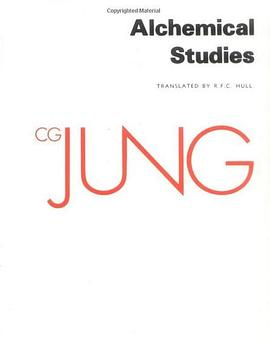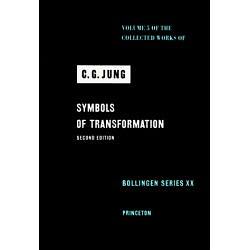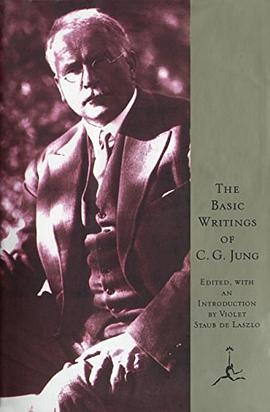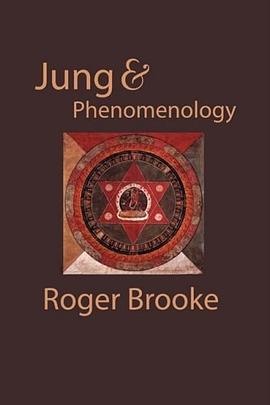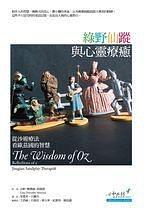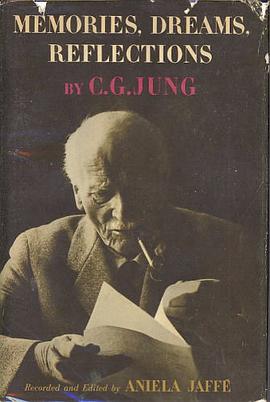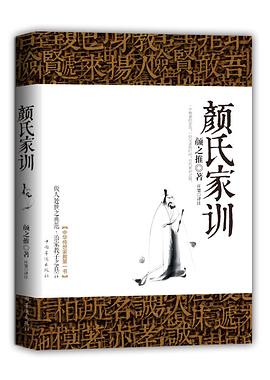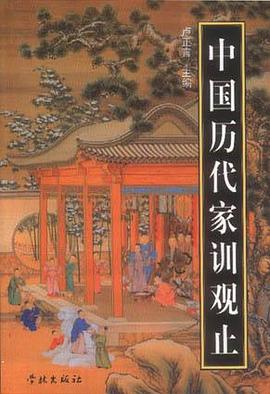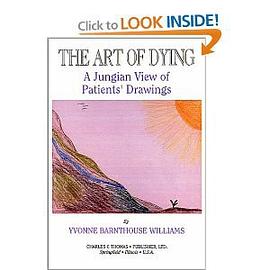
The Art of Dying: A Jungian View of Patients' Drawings By Yvonne Barnhouse Williams
A Review By Sheldon Shalley
Yvonne Williams in her book, "The Art of Dying: A Jungian View of Patients' Drawing", demonstrates once again that "most human thought and behavior is symbolic" (Jung). Williams shows how patients with cystic fibrosis (CF) express their thoughts and feelings about living and dying with CF by drawing pictures. She takes us on a journey of their inner experience as expressed symbolically in their drawings. In that process Williams illuminates the possible meanings of those drawings. With care and great respect for both the patient's individual journey with CF and for the role that the unconscious plays in that journey, Williams opens windows of insight into the possible meanings of patients' drawings at various stages of the illness. Ms Williams uses the patients' drawings, their comments about the drawings, and her own knowledge of symbols, mythology, Jungian and archetypal psychology to amplify and reflect back to her patients what is happening at the unconscious levels of experience in order to connect them more consciously to that process. At other times, the drawings become containers that Williams uses to hold the unconscious process as it develops allowing patients to come to the needed awareness on their own. In any case, Williams demonstrates that the unconscious knows far more about a patient's living and dying process than we might want to believe. She shows that patients know on some level when a relapse is on the horizon or when a time of improved health is ahead. Such information, Williams asserts, is revealed in the images in the patients' drawings. Williams gives examples of drawings that point to specific physiological developments such as a collapsed lung, gastric ulcer exacerbation, edema, sinusitis, pulmonary congestion, and the exact location of a returned cancer all prior to medical examination. Williams also shows how drawings reveal the psychological and emotional states of patients as well as the approach of death and how much time may be left. According to Williams, patients know deep within themselves if they will recover and when life will end. They have an unconscious awareness about their conditions and its prognosis. Their drawings reveal what the inner world of the unconscious knows--the secret knowledge of the repressed, the denied, the latent as well as where life is heading. This, according to Williams, is the value of having patients draw. The pictures are windows into the soul. For one brief moment--that moment when therapist and patient embrace the drawing--they share the secrets of this inner world.
"The Art of Dying" teaches us how the drawings of seriously ill patients can serve as mediators between life, death, and rebirth. At times they speak to the daily concerns of the patients' lives and their life tasks. At other times (and sometimes, at the same time) they speak to the preparation for death. Ultimately, the drawings seem to connect the dying patient to the life after death, a rebirth into a new life, and a new beginning.
Williams' exploration of the interaction between spirit and soul and the dominance of one over the other as one's partner in death is particularly enlightening and an important contribution to our evolving understanding of life and death and of how we die. Williams argues convincingly that what we need at death--soul or spirit--is archetypally determined based on the individual needs of the dying patient. To that end, says Williams, there are no "bad" or "good" deaths. Different archetypal energies contend to establish the attitude of one's consciousness and influences how one will adjust to death. In this process, Williams seems to suggest that we serve as midwives, receiving and bringing to birth from the patient what psyche produces. For one person the need may be to die as a warrior. Thus, the spirit archetype guides the way directing one to "fight the good fight." For another, the soul archetype leads. This person seems to "dance out of life" with confidence and peace. Williams warns against judging the attitude toward living and dying revealed in drawings and against interpreting a patient's drawings by projecting our own intuitions, values, desires, fears, and objectives onto the drawings. Rather, Williams would have us honor the drawings as authentic representations of the many possibilities of the patient's inner world.
Professional and layperson alike that are involved in the care of persons with a life-threatening illness will find this book both comforting and challenging. It comforts in that is asserts that there is a process beyond our conscious self or conscious ability that is working toward our healing and our wholeness. That healing and wholeness it turns out is spiritual, a connection to a greater Self, a Self that exists beyond the limitations of physical illness and death. It challenges us in that it forces us to examine our assumptions about life and death, about fantasy (drawing) and reality, and about the role the unconscious may play in helping us adjust to an illness or in releasing us to death and rebirth. In all of this, Ms Williams gently guides us through a wealth of valuable information for understanding what psyche produces when patients draw.
具體描述
讀後感
評分
評分
評分
評分
用戶評價
相關圖書
本站所有內容均為互聯網搜索引擎提供的公開搜索信息,本站不存儲任何數據與內容,任何內容與數據均與本站無關,如有需要請聯繫相關搜索引擎包括但不限於百度,google,bing,sogou 等
© 2025 qciss.net All Rights Reserved. 小哈圖書下載中心 版权所有



